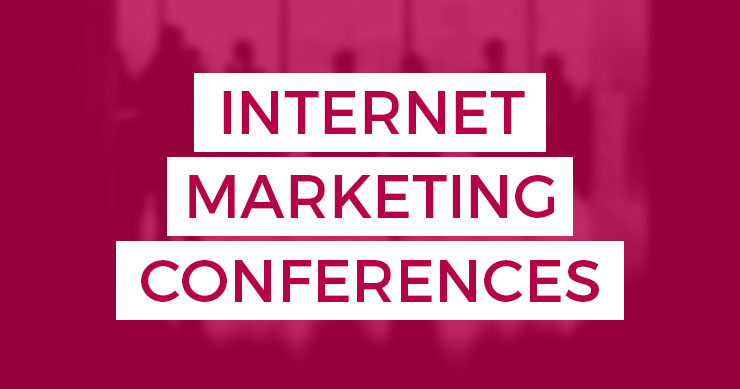Alright, People! It’s the last session of Day 2 and I’m pretty sure I can feel my empty stomach eating itself. Do you know what that means? Delirious liveblogging. w00t! However, this session should pretty much be pure awesome for me. Why? Because Brian Solis is here to talk about brand conversations.I know! Only my most favorite topic EVER!
My blood sugar is running a little low from lack of nutrients so we’re just going to hop right into this. Feel free to think up something funny all on your own to place here. Mental creativity is good for the soul. And makes you lose weight. Would I lie to you?
Social media is about the human network. If your company doesn’t have guidelines for the use of social media, that needs to happen ASAP. Doing so will help prevent information leaks and other liabilities, if nothing else.
Attention is now the major currency in content commerce. People get information from their people dashboards – Tweetdeck, Facebook, etc. Social media is about sociology, not technology. It’s about human behavior and what governs people’s reactions.
It all starts with listening and observation. That’s what separates Social Media experts from Social Media theorists. And guess what? The conversation is bigger than Twitter. Brian shows us the conversation prism that can be used to help people track the conversations about them. You have to track it a lot of it manually because there aren’t tools to search all the networks. Some are still walled gardens.
Free tools for monitoring
- Friendfeed
- Collecta (really neat. Finds conversations outside of Twitter.)
- Backtype
- Twitter Search
- Google Blog Search
- People Browsr
- Backtweets
- Blogpulse
Fun fact: 90 percent of users in a social media community will just read. 10 percent will contribute and 1 percent will be your top contributors. If you want to be successful in social media, you have to be monitoring everywhere. Not just Twitter.
The Conversation Index takes the conversation prism and tells you what to look for and document.
- volume: How many mentions are there out there?
- frequency: How often is that keyword appearing in a time period?
- reach: How many eyes did it get? How many RSS subscribers does the blog have? How many followers do they have?
- sentiment: He manually documents sentiment because its really hard to do with tools. They’re very flawed. An algorithm doesn’t know if it’s positive or negative.
- perception
- share of voice: How many times were you mention on a certain social network compared to your competition.
- response candidacy and ownership: Most companies that are engaging are limiting it to only Twitter and they’re not responding. And those that are, are just chatting.
- sCRM:
- trends
- ideation
- adaption
- unmarketing
Who Owns Social Media?
There’s no simple answer. Everyone thinks they own social media within a company. There are always arguments between PR and marketing. Someone needs to own it and it needs to be a very neutral role. They’re looking at hiring someone who would be in charge of conversations and report in. They’re doing that because most companies are just shaking their heads with absolutely no plan.
The most prime opportunity for social media is customer service and that’s where the most interesting campaigns are driven from. We’re all supposed to work together in a company.
Multiple Personality Order
Social media is not unlike any other outbound marketing initiative. You’re supposed to have some sort of integrated brand. Anything that’s going to go outward needs to be agreed upon. The things that you publish say things about your organization. It can change people’s perception of your company. You decide if it’s good or bad.
People always ask if they should tweet as them or tweet as Brian from Company X. Most people he’s interviewed are just themselves, but that can get kind of awkward. You’re forging personal relationships and work relationships and maybe they don’t always go together. You start to see a segmentation in your following. Twitter Friends will show you who responds to you and who you respond to. You should start a separate account for any company that you work with. Make sure you have a social media exit strategy before you need it.
Brian talks about the Brand Reflection Cycle that breaks things down into 8 different processes.
- Brand Characteristics
- Aspirations
- Pillars
- Opportunities
- Promise
- Core Values
- Culture
- Personality
You need to figure these things out before you jump into social media. The social Web is sparta. If you don’t think about things, you’re going to get your ass kicked. It’s not what you say, it’s what they say that counts. And customers are becoming less forgiving. You absolutely must have a plan in action.
Just because we have access to the tools doesn’t mean we have something interesting to say. You want to get retweeted? Say something interesting.
There is no market for messages, egocasting or shilling. Instead, become an information curator. As a company, what do you stand for? What culture are you defining? You need to believable on the Social Web. It’s more than just being “authentic” or “transparent”. Unmarket. Listen and find out what you can respond.


